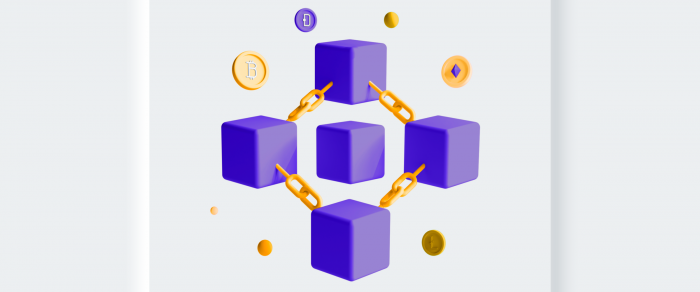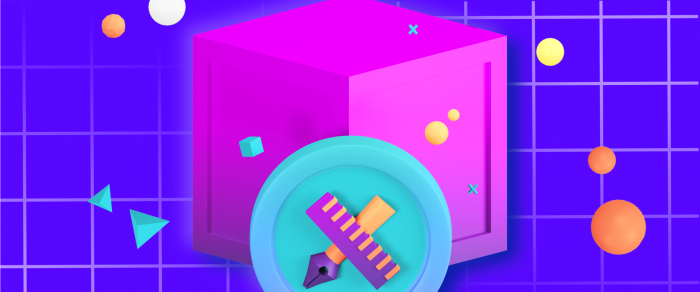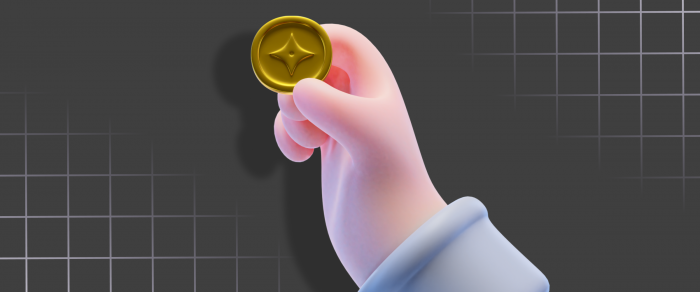Understanding Dynamic NFTs And Their Use Cases
The first ever NFT was created in 2014, when digital artist Kevin McCoy minted ‘Quantum‘ on the Namecoin blockchain. Later, in 2017, CryptoKitties, a popular blockchain-based game was launched.
However, the popularity of NFTs truly reached new highs in 2021 – a year known as the “year of NFTs.” Winkelmann, a digital artist better known as Beeple, sold his digital collage “Everydays: The First 5000 Days” as an NFT for $69 million. As a result, the general public and digital artists were encouraged to sell NFTs based on their creations.
What makes NFTs so attractive is their ability to represent digital assets like art, music, or social media content, complete with a unique code that ensures authenticity. As they can be bought, sold, or traded like other valuables, NFTs have really shaken things up. The emergence of dynamic NFTs adds another layer of excitement, offering more interactivity and personalization to the digital creator space.
This article will dive deeper into what dynamic NFTs are and how they’re changing the game, keeping us all on our toes for what’s next.
Key Takeaways
- Dynamic NFTs are programmable, responsive tokens that can change their characteristics based on external conditions, introducing new levels of interactivity and personalization.
- Static and dynamic NFTs differ from each other, as dNFTs use the ERC-1155 token standard, allowing metadata to be updated and visually translated.
- Dynamic NFTs offer greater engagement and creative opportunities, expanding use cases across gaming, real estate, and art industries.
- Famous dynamic NFT examples include Beeple’s “Crossroad” artwork, CryptoKitties, and LaMelo Ball’s collectibles.
- The growing popularity of dynamic NFTs is expected to revolutionize digital ownership and creative expression in various fields.
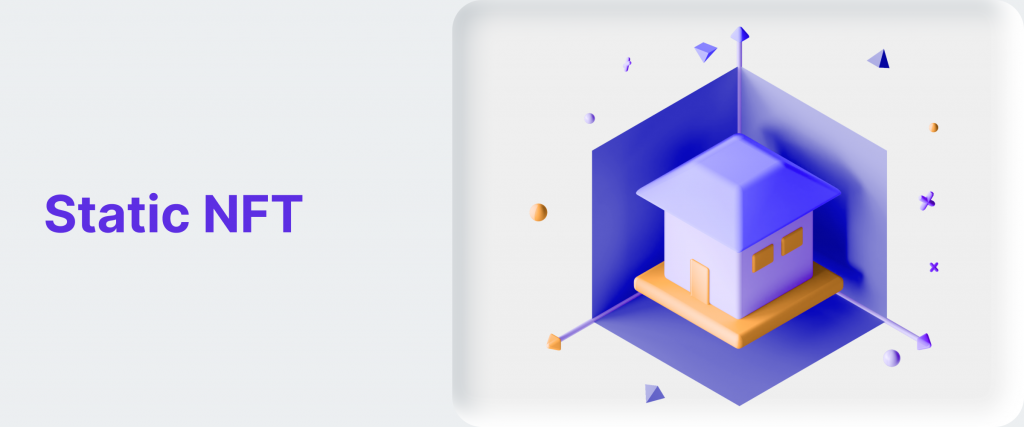
First, What Are Static NFTs?
Static and Dynamic NFTs slightly differ from each other, so before discussing dynamic NFTs, let’s first refresh ourselves on the standard ones.
These unique digital assets live on a blockchain; each can be told apart from the others by its one-of-a-kind token ID and contract address. You can attach metadata to an NFT, like images, videos, or other data, which means you can own a token representing a distinctive digital object.
Right now, the most popular use for static NFTs are in digital art. An artist creates a token for their digital masterpiece, and a collector can buy that token to claim ownership. Once an NFT is minted, its token ID stays the same. Remember, adding metadata – like descriptions, images, and more – is totally optional. Therefore, at its core, an NFT is just a transferable token with a unique token ID.
This static NFT model has been a game-changer for digital artists everywhere. Before NFTs, artists struggled to prevent or even track the unauthorized sharing of their work because there was no way to tell one digital file from another and no single “authentic” file to own.
But now, thanks to NFTs, creators can sell digital art to their fans by giving them verifiable ownership, and fans can show off that they have an original piece, even if the actual image has been copied elsewhere.
Currently, static NFTs dominate the scene, mainly appearing in NFT artwork, play-to-earn games, and digital collectibles. They also bring a distinct advantage when it comes to digitizing real-world items like property deeds, patents, and other one-of-a-kind identifiers.
However, the static nature of these NFTs can be limiting, as the metadata associated with them becomes fixed once minted on a blockchain. Updatable data is crucial for applications like tokenizing tangible assets, developing progress-based video games, or forming blockchain-driven fantasy sports leagues.
This is where dynamic NFTs come into play, offering a perfect balance: they maintain their unique identifiers while allowing updates to specific metadata elements.
Definition of Dynamic NFTs
A dynamic non-fungible token, or dNFT, is a type of blockchain-based token that can adapt its inherent characteristics according to external factors. These alterations are documented in the dynamic NFT’s metadata.
For instance, if a dynamic NFT represents a house, the token’s metadata will update to reflect changes in circumstances, such as previous sales or maintenance records. External data that can trigger these updates may include the passage of time or real-world data gathered from devices like weather stations or live sports score trackers.
These adaptable tokens generate significant excitement in both the physical and digital realms as they elevate NFTs by broadening their creative potential. Changes in dynamic data inputs, or metadata, are set in motion through coded instructions found within dNFT smart contract, which governs the modifications.

How Does a Dynamic NFT Work?
Dynamic NFTs work like this: An oracle activates the smart contract, granting access to both on-chain and off-chain data sources like the Internet of Things (IoT) information and web APIs. Notably, dynamic NFTs aren’t limited to just metadata adjustments; they can also be created when specific conditions are fulfilled, such as uncovering a secret location in an augmented reality app.
The ability to modify and visibly update information distinguishes dynamic NFTs from their static equivalents. The ERC-721 token standard is often used to create static NFTs, whereas the ERC-1155 token standard is used to create dynamic NFTs.
Tokens built to the ERC-1155 standard share capabilities with fungible ERC-20 tokens and non-fungible ERC-721 tokens, according to Ethereum’s documentation. And since they may be modified, ERC-1155 tokens are semi-fungible.

How To Create Your Own Dynamic NFT
If you’re interested in creating a dynamic NFT, begin by selecting the item you want to tokenize, its variables, and the blockchain you’ll be using (such as Ethereum).
- Determine the purpose and function of your dynamic NFT. This will help you decide what kind of data and interactions you want to incorporate into your NFT.
- Choose a blockchain platform that supports dynamic NFTs. Ethereum, Binance Smart Chain, and Polkadot are some popular options.
- Write the smart contract code for your dynamic NFT. You can use Solidity or another programming language that is supported by your chosen blockchain platform.
- Determine the data that will make your NFT dynamic. This could include external data sources like social media, sensor data, or user interactions.
- Create an API that will retrieve and update the data for your NFT. This API will be called by the smart contract to update the NFT’s properties.
- Mint your living NFT by deploying the smart contract to the blockchain. This will make your NFT publicly available and give it a unique identifier on the blockchain.
- Add your NFT to a marketplace or platform that supports dynamic NFTs. This will make it available for sale or trade with other users.
- Promote your dynamic NFT and encourage others to interact with it. The more people interact with your NFT, the more dynamic it will become, and the more valuable it may become over time.
Note that this is a simplified overview to give you a basic idea of what is needed to create your own dNFT. The process itself might be a little more complex, so be sure to seek professional assistance if you lack confidence in your skills.
So, Why Are Dynamic NFTs Important?
The importance of dynamic NFTs cannot be overstated. Let’s break down several important benefits these innovations have brought to the blockchain table.
- dNFTs are highly interactive, to begin with. Because of their adaptability, they provide artists with new ways to express themselves and attract the attention of both collectors and spectators.
- The programmability of dynamic NFTs enables developers to specify rules for the NFT’s behavior, allowing powerful automation and control and enabling unique use cases and applications across a wide range of sectors. You might use a dynamic NFT to represent a character or object in a game that grows and learns new abilities as you play.
- Dynamic NFTs may be used for more than just visual art; they can also be implemented in gaming and social media. Because of this malleability, developers and artists are inspired to create fresh, engaging content for users.
- Dynamic NFTs provide novel opportunities for artists and game developers to earn money. Dynamic NFTs provide creators with an alluring, sustainable income stream as they receive continuing royalties from interactions with the usage of their NFTs.
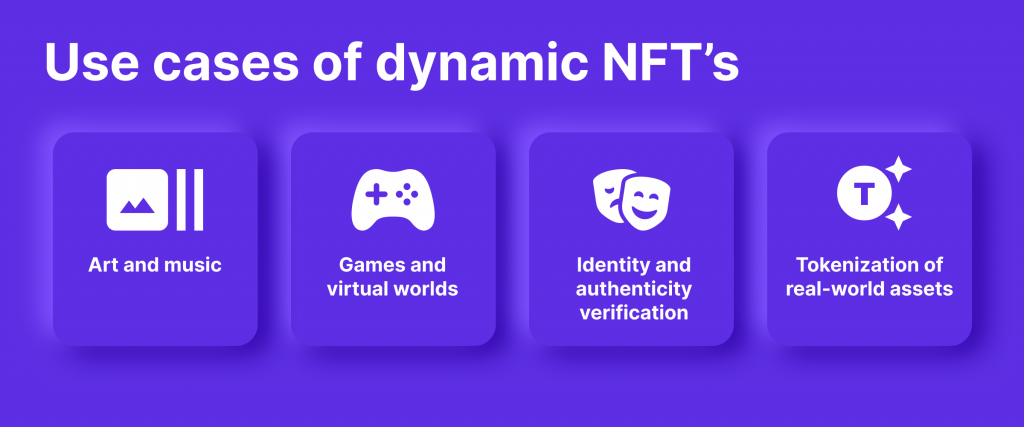
The Role Of Dynamic NFTs In The Future
Static NFTs already cover quite a few areas, but dynamic NFTs will likely become more popular soon, thanks to the amazing possibilities they bring. Let’s break down several essential Dynamic NFT use cases.
- Real Estate Tokenization
Tokenizing real-world assets can be challenging, especially when their value changes frequently, as with housing and real estate. By utilizing oracles for off-chain data, a real estate organization could mint all its housing stock as dynamic NFTs, maintaining an immutable record of maintenance, sales, and ownership credentials that can be updated in real-time. This approach can potentially benefit Web3-savvy housing investors, as their property portfolios can be automatically updated through each building’s dynamic NFT.
- Identity
If blockchain-based identity becomes widespread, dynamic NFTs could be used to represent digital identity cards or passports globally. These NFTs would allow automatic updates without needing to replace digital identity documents, covering information such as residence, marital status, and contact details.
- Gaming
With the ERC-1155 token standard mainly used in NFT gaming, dynamic NFTs are often found in blockchain games. Players can enhance their gaming experience by leveling up in-game characters represented by dynamic NFTs. As a player progresses, their characters’ growth could be mirrored in the changing appearances or stats of their NFT avatar.
- Art
Dynamic NFTs enable digital artists to use real-time data to encode changes in their artwork, emphasizing impermanence and making their pieces more unique. For example, some dynamic NFT artworks change appearance based on the current weather or season.
By mimicking real-world art installations that require audience participation, dynamic NFTs can also enhance engagement at digital art exhibitions, with changes occurring based on the token holder’s interaction with their asset.
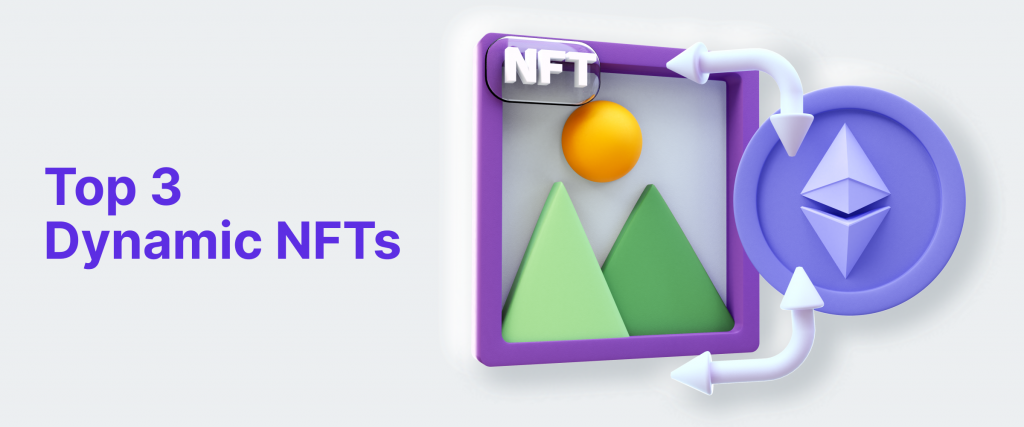
Top 3 Dynamic NFTs
Dynamic NFTs are quickly gaining widespread adoption as their popularity and role are increasingly acknowledged daily. Here are a few famous examples of dynamic NFT projects.
- Crossroad
One of the earliest instances of dynamic NFTs was the distinctive artwork “Crossroad” by Beeple. The NFT was created before the 2020 United States presidential election and was designed to change its appearance based on the election outcome. Once Joe Biden was declared president, the image transformed to depict former President Donald Trump lying in a heap.
- CryptoKitties
The popular NFT-based game CryptoKitties is another prime example of dynamic NFTs in action. Players can buy, sell, or breed digital cats in this game. Each cat is represented by a dynamic NFT, allowing owners to update some of the data associated with the token, such as the cat’s genetic traits, personality, and appearance.
- LaMelo Ball
LaMelo Ball’s dynamic NFT collectibles are another notable example of dynamic NFTs. These digital collectibles maintain records of the professional basketball player’s game statistics and change according to updates in his points scored, rebounds, and assists.
FAQs
What is a dynamic NFT?
A dynamic NFT is a type of non-fungible token that can change its attributes based on external conditions.
- How do dynamic NFTs work?
Dynamic NFTs use metadata that can be updated or changed when specific conditions are met.
- How are dynamic NFTs created?
Dynamic NFTs are created using smart contract codes that allow changes in the token’s metadata based on certain conditions.
- What makes dynamic NFTs different from static NFTs?
Dynamic NFTs can change their attributes based on external conditions, while static NFTs remain the same after creation.
- Are dynamic NFTs more valuable than static NFTs?
The value of an NFT depends on many factors, including rarity, demand, and perceived value, so it’s difficult to say whether dynamic NFTs are more valuable than static NFTs.
- How can dynamic NFTs be used in gaming?
Dynamic NFTs can be used to represent gaming avatars that change and evolve as the player progresses through the game.
- Are dynamic NFTs a good investment?
As with any investment, it’s important to do your research and make informed decisions. However, dynamic NFTs offer a unique and exciting opportunity for creators and collectors alike.
Conclusion
With the meteoric rise of NFTs in 2021, the stage was set for the technology’s next iteration: Dynamic NFTs. Dynamic NFTs now provide a more interactive and captivating form of non-fungible tokens. With the growing interest in web3-based projects, play-to-earn gaming, and digital art marketplaces, it’s clear that dynamic NFTs have a promising future as they continue to capture the attention of creators, collectors, and enthusiasts alike.
